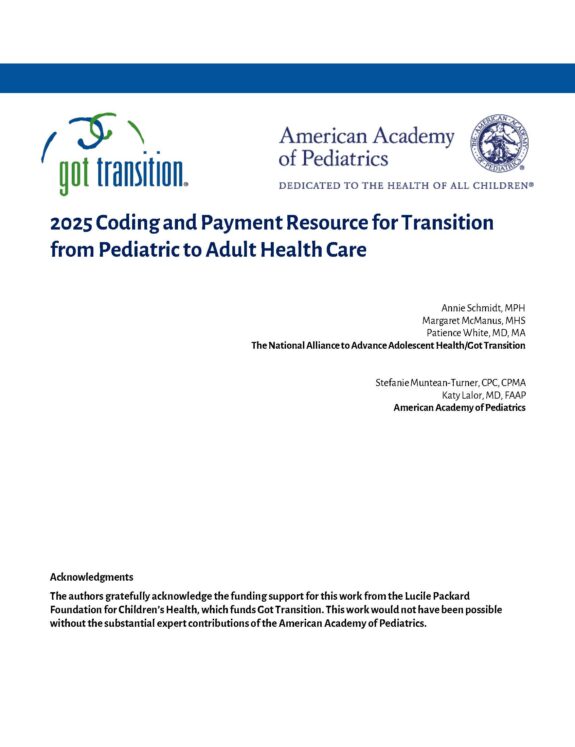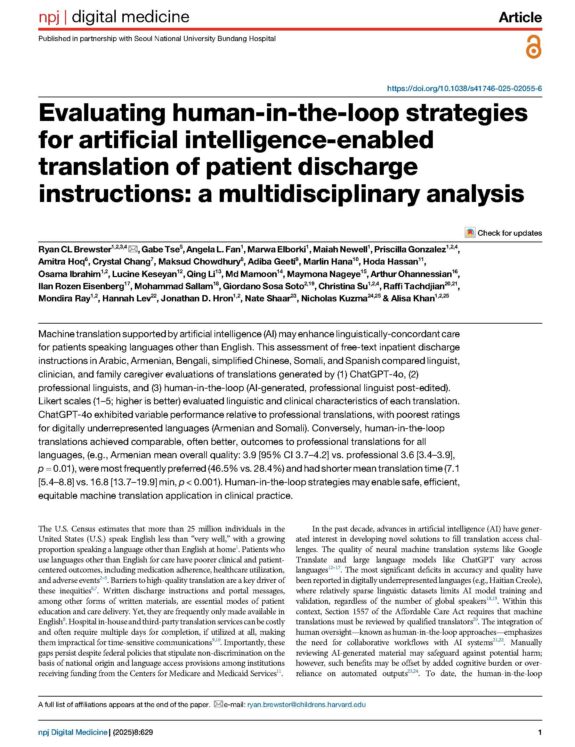California’s Diminishing Resource: Children
In 1970, children made up 33% of California’s population, but by 2030 they’re expected to comprise just 21%, according to the report. This stems from a range of factors, including declining birth rates, fewer newcomers to the state, and a smaller population of women of childbearing age. The growing imbalance between children and retirees means that the economic role of a child born in 2015 will be nearly twice as important as that of a child born in 1985, the analysis suggests, as today’s children will grow up to replace retirees as new workers, taxpayers, voters and in other capacities. California’s children now are more important to the state’s future than ever before.
Among other findings, the report highlights a rise in the “home grown” population – about 90 percent of today’s children were born in the state – a sharp reversal from previous decades. While California historically relied on newcomers from other states and countries for its workforce, that trend is in decline, and the state will increasingly need to rely on the skills and abilities of its native-born children. The report suggests that the social and economic well being of California’s future residents will depend on how well we nurture the current generation of children.


